Understanding Home Teeth Whitening Kits
Home teeth whitening kits have revolutionized the way people approach cosmetic dentistry, offering a convenient and affordable alternative to in-office procedures. These kits typically include whitening agents, such as hydrogen peroxide or carbamide peroxide, in varying concentrations, along with applicators like trays, strips, or pens. The effectiveness of these kits hinges on the active ingredient’s ability to penetrate the enamel and break down stain molecules, leading to a visibly brighter smile. It’s crucial to understand the different types of kits available and how they work before starting a whitening treatment. The kits are designed to be user-friendly, but following instructions carefully is paramount for safety and optimal results.
The Benefits of Using a Home Teeth Whitening Kit
There are several compelling benefits to using a home teeth whitening kit. The primary advantage is the convenience factor. Unlike professional treatments that require multiple visits to a dentist’s office, home kits allow you to whiten your teeth on your schedule, in the comfort of your home. Another significant benefit is the cost-effectiveness. Home kits are generally much more affordable than professional whitening treatments, making them accessible to a wider range of individuals. Furthermore, many home kits offer noticeable results within a few weeks, providing a relatively quick way to enhance your smile. This boost in confidence and improved self-esteem are often significant motivators for using these kits. Home teeth whitening is also a good option for maintaining the results of a professional whitening treatment.
Cost-Effective Whitening at Home
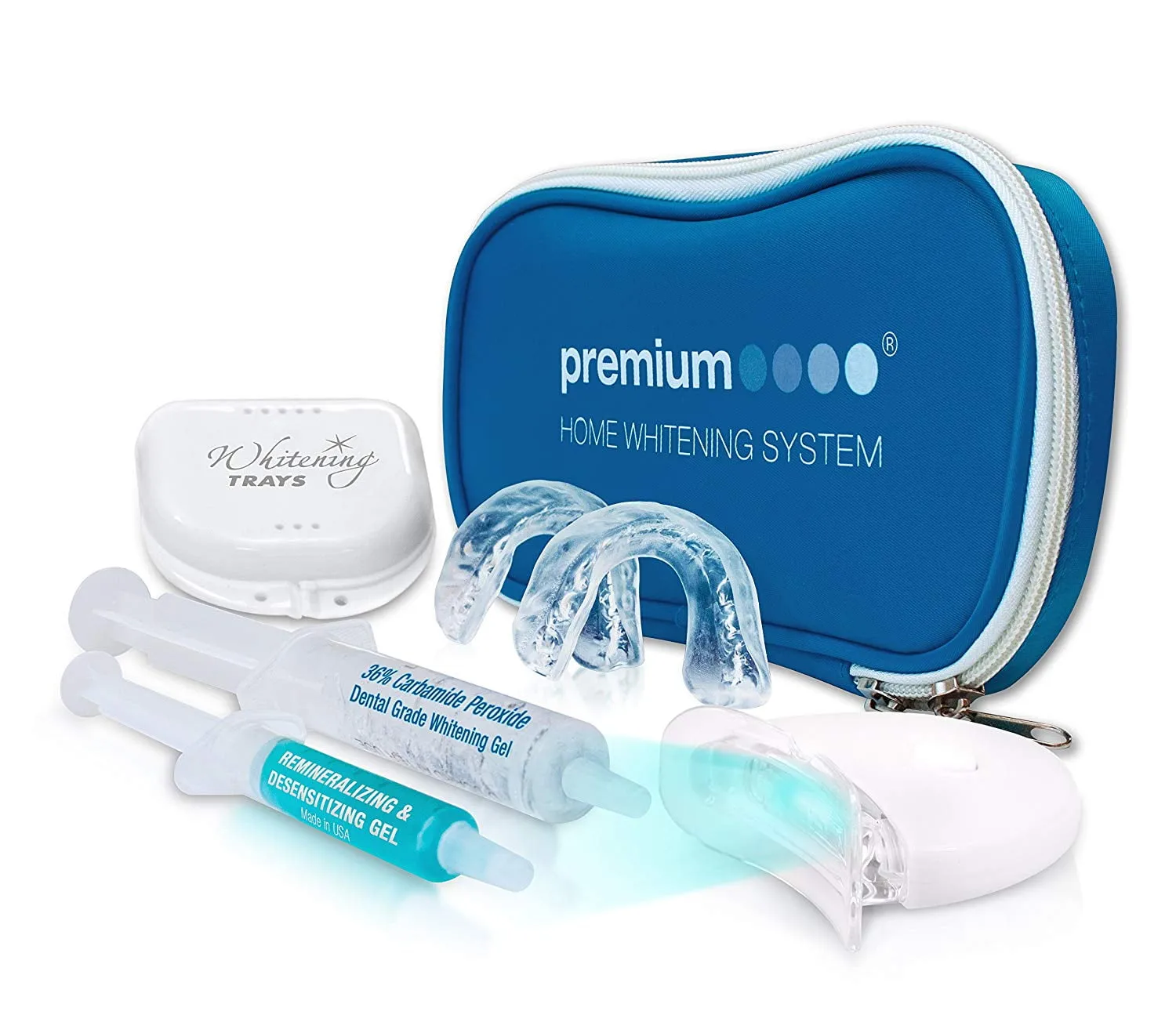
One of the most attractive aspects of home teeth whitening kits is their affordability. Compared to the cost of in-office whitening procedures, which can run into hundreds or even thousands of dollars, home kits offer a much more budget-friendly option. This cost-effectiveness makes teeth whitening accessible to a broader audience, allowing individuals to improve their smiles without breaking the bank. The price difference often reflects the complexity of the procedure and the level of professional supervision involved. However, home kits have evolved, providing effective whitening agents and user-friendly application methods. Careful selection of a kit from a reputable brand and adherence to the instructions can yield significant whitening results without the high cost of professional treatments.
Convenience and Flexibility
The convenience and flexibility offered by home teeth whitening kits are key reasons for their popularity. Unlike professional treatments that require scheduling appointments and dedicating time to travel, home kits fit seamlessly into your daily routine. You can whiten your teeth at a time that suits you best, whether it’s while watching TV, reading, or working from home. This flexibility is especially beneficial for busy individuals who find it challenging to make time for dental appointments. Additionally, you can control the duration and frequency of treatments, adjusting them to meet your specific needs and preferences. This convenience factor reduces the overall hassle and stress associated with teeth whitening, making it a user-friendly option for achieving a brighter smile.
Choosing the Right Home Teeth Whitening Kit
Selecting the right home teeth whitening kit involves careful consideration of several factors to ensure you get the best results and minimize potential risks. Start by consulting with your dentist. They can assess your oral health and recommend a kit that suits your needs. Consider the concentration of the whitening agent. Higher concentrations may yield faster results but can also increase the risk of sensitivity. Read reviews and compare products to identify reputable brands known for their effectiveness and safety. Check for certifications and approvals from dental organizations. Also, think about the application method (strips, trays, pens), choosing the one that fits your lifestyle. Ultimately, selecting the right kit is a balance of effectiveness, safety, and ease of use.
Types of Home Whitening Kits
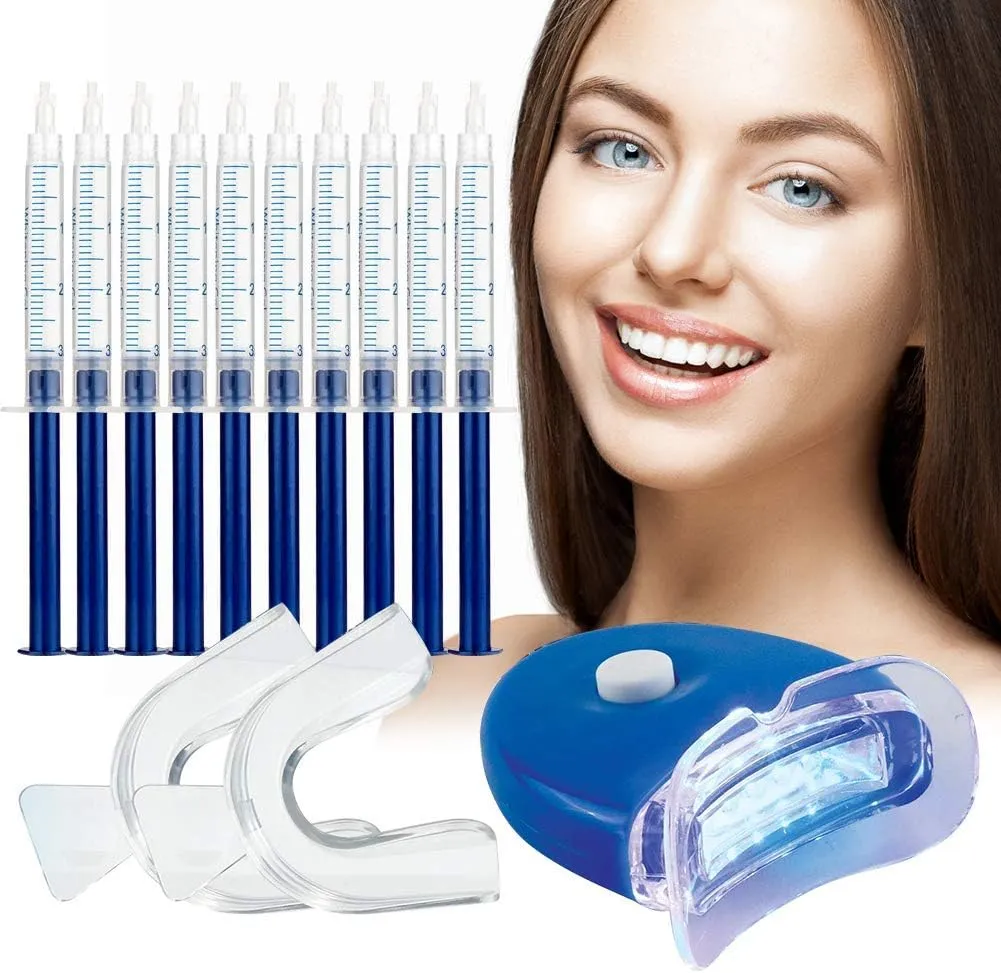
Home teeth whitening kits come in various forms, each with its own application method and advantages. Whitening strips are among the most popular, offering convenience and ease of use. They are thin, flexible strips pre-coated with a whitening agent, which you apply directly to your teeth. Whitening trays, on the other hand, involve custom-fitted or generic trays that you fill with a whitening gel and wear for a specified time. Whitening pens are another option, allowing for targeted application of the whitening agent. Some kits incorporate LED light technology to accelerate the whitening process. The best type of kit for you depends on your preference, the severity of the stains, and your budget. Exploring all options can help you choose a kit that best fits your needs and lifestyle.
Professional vs Over-the-Counter Kits
The key differences between professional and over-the-counter (OTC) home teeth whitening kits lie in the concentration of the whitening agent and the level of professional supervision. Professional kits, often provided by a dentist, typically contain higher concentrations of hydrogen peroxide or carbamide peroxide, leading to faster and more dramatic results. They also involve custom-fitted trays for optimal contact with your teeth. OTC kits, available at drugstores and online, have lower concentrations of the whitening agent, making them safer for unsupervised use. While OTC kits are generally more affordable, they may take longer to achieve the desired level of whitening. Your dentist can guide you on the best choice depending on your oral health and desired outcomes.
Important Ingredients to Look For
When selecting a home teeth whitening kit, pay close attention to the ingredients. The primary whitening agent is usually hydrogen peroxide or carbamide peroxide, which breaks down to release hydrogen peroxide. The concentration of these ingredients affects the speed and intensity of whitening; however, higher concentrations can increase the risk of sensitivity. Look for kits that contain fluoride, as it helps remineralize the enamel and reduce sensitivity. Some kits also include desensitizing agents, such as potassium nitrate. Always check for the presence of any allergens or irritants, especially if you have sensitive teeth or gums. Understanding the ingredients in your kit is essential for a safe and effective whitening experience.
How to Use Your Home Teeth Whitening Kit Correctly
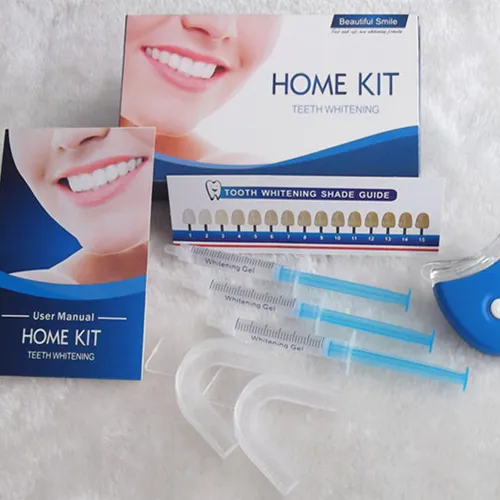
To achieve optimal results and minimize risks, it’s crucial to use your home teeth whitening kit correctly. Begin by reading and following the manufacturer’s instructions. These instructions provide specific guidelines for application time, frequency, and duration. Before applying the whitening agent, brush and floss your teeth to remove any surface debris. Apply the product evenly, ensuring that all surfaces of your teeth are covered. Avoid overfilling trays, which can cause the gel to come into contact with your gums and cause irritation. After the treatment, rinse your mouth thoroughly with water. Avoid eating or drinking staining foods and drinks for at least an hour after each application. Consistency is key, so adhere to the recommended treatment schedule for the best results. If you experience any discomfort, stop using the kit and consult your dentist.
Step-by-Step Guide
The basic steps for using most home teeth whitening kits are as follows: First, brush and floss your teeth to remove plaque and food particles. Next, apply the whitening agent to the applicator (strips, trays, or pens) according to the kit’s instructions. Carefully place the applicator on your teeth, ensuring even coverage. Follow the recommended application time, usually ranging from 30 minutes to several hours, depending on the product. Once the treatment is complete, remove the applicator and rinse your mouth with water. Avoid swallowing any of the whitening agent. Remember to clean the applicator thoroughly after each use. Repeat the process according to the kit’s recommended schedule until you achieve your desired level of brightness. Always consult your dentist if you have any questions or concerns.
Tips for Maximizing Whitening Results
To maximize the results of your home teeth whitening kit, consider these tips. Firstly, maintain excellent oral hygiene by brushing and flossing regularly. This helps remove surface stains and allows the whitening agent to work more effectively. Avoid or minimize the consumption of staining foods and drinks, such as coffee, tea, red wine, and dark-colored berries. If you do consume these items, brush your teeth soon after to prevent stains from setting in. Use a whitening toothpaste to maintain your results between treatments. Follow the kit’s instructions precisely, and don’t overuse the product. Be patient, as it may take several days or weeks to see noticeable improvements. Regular dental check-ups and cleanings can also help maintain a bright smile.
Maintaining Your Bright Smile
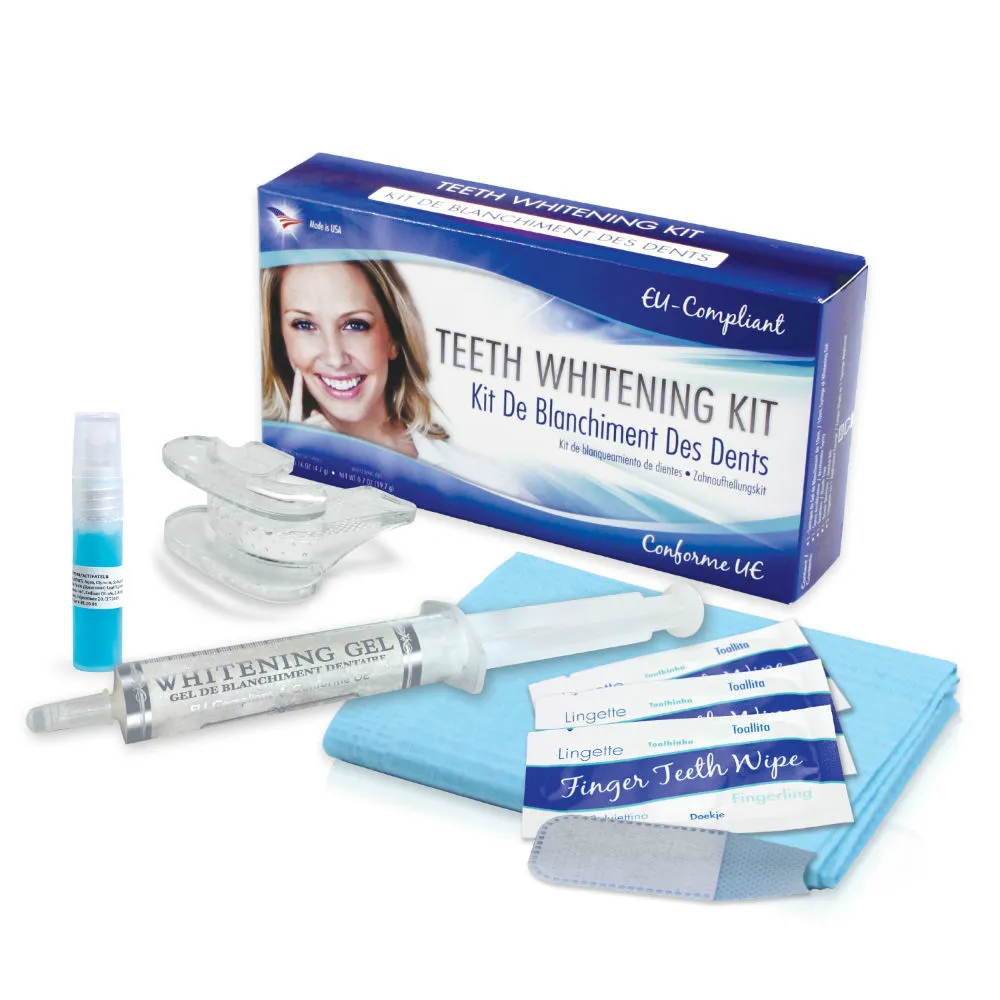
Maintaining your bright smile after using a home teeth whitening kit requires a combination of good oral hygiene and lifestyle adjustments. Brush your teeth at least twice a day with a whitening toothpaste. This helps remove surface stains and keeps your teeth looking their best. Floss daily to remove plaque and food particles from between your teeth, where a toothbrush cannot reach. Schedule regular dental check-ups and cleanings to remove any stubborn stains and assess your oral health. Avoid or limit the consumption of staining foods and drinks. If you do consume these, rinse your mouth with water or brush your teeth shortly after. Consider using a whitening mouthwash to further enhance your smile and maintain results. Avoiding tobacco products is also crucial, as they can stain your teeth.
Oral Hygiene Routine
An effective oral hygiene routine is essential for maintaining a bright, healthy smile. Brush your teeth for two minutes, twice a day, using a fluoride toothpaste. Ensure that you brush all surfaces of your teeth, including the front, back, and chewing surfaces. Use a soft-bristled toothbrush and replace it every three months or sooner if the bristles become frayed. Floss daily to remove plaque and food particles from between your teeth and under the gumline. This helps prevent cavities and gum disease. Use a fluoride mouthwash to further protect your teeth against decay and freshen your breath. Consider using an interdental brush or water flosser for areas that are difficult to clean with floss. Regular dental check-ups and professional cleanings are also vital for maintaining optimal oral health.
Avoiding Staining Foods and Drinks
To preserve the results of your teeth whitening treatment, it’s important to be mindful of staining foods and drinks. Coffee, tea, red wine, and dark-colored sodas are notorious for staining teeth due to their high levels of tannins and pigments. Berries, such as blueberries and strawberries, as well as deeply colored sauces like soy sauce and balsamic vinegar, can also contribute to staining. If you consume these items, rinse your mouth with water or brush your teeth soon after to minimize the impact. Consider using a straw when drinking dark-colored beverages to reduce contact with your teeth. Limiting your intake of these staining foods and drinks will help you maintain a bright, white smile for longer, protecting the investment in your teeth whitening treatment.
Potential Side Effects and How to Manage Them
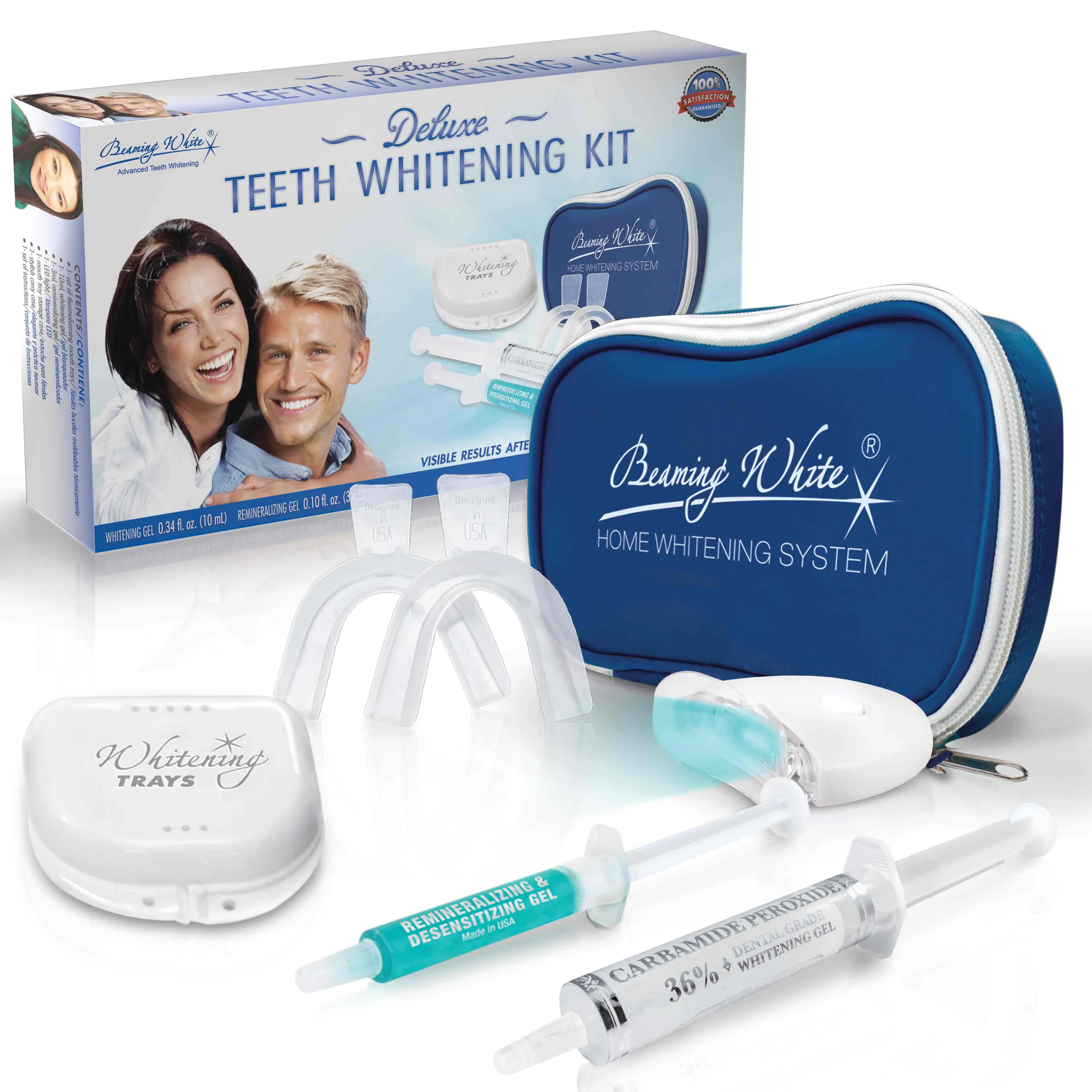
While home teeth whitening kits are generally safe, potential side effects can occur. The most common side effects are teeth sensitivity and gum irritation. Sensitivity typically manifests as a temporary discomfort or sharp pain when consuming hot or cold foods and drinks. Gum irritation may present as redness, swelling, or soreness. To manage sensitivity, you can use a toothpaste designed for sensitive teeth, which contains ingredients like potassium nitrate. Avoid overusing the whitening kit, and follow the instructions carefully. If sensitivity persists, take a break from the treatment or consult your dentist. For gum irritation, ensure that the whitening agent does not come into contact with your gums. Rinse your mouth thoroughly with water after each treatment. If the irritation is severe, consult your dentist for further advice.
Sensitivity and Irritation
Teeth sensitivity and gum irritation are the most frequently reported side effects of home teeth whitening kits. Sensitivity occurs because the whitening agents can temporarily affect the enamel’s ability to protect the underlying dentin. This leads to a heightened sensitivity to temperature changes and pressure. Gum irritation, on the other hand, is often caused by the whitening agent coming into contact with the gums, resulting in inflammation and soreness. To minimize these side effects, use the kit as directed, avoiding over-application and prolonged exposure. If you experience sensitivity, try using a desensitizing toothpaste. For gum irritation, ensure that the whitening agent doesn’t touch your gums. Consult your dentist if side effects are severe or persistent.
When to See Your Dentist
While home teeth whitening kits are convenient, it’s essential to know when to see your dentist. If you experience significant tooth sensitivity or gum irritation, it’s a good idea to consult your dentist for advice. Persistent or severe discomfort may indicate that the whitening agent is too strong or that you have an underlying dental issue. If you have existing dental work, such as fillings or crowns, consult your dentist before whitening, as these may not whiten to the same degree as your natural teeth. If you are unsure about any aspect of the kit, or if you have concerns about your oral health, always seek professional advice. Regular dental check-ups are also crucial for monitoring your oral health and ensuring that whitening is safe and effective for you.
The Importance of Professional Advice

Seeking professional advice from a dentist is crucial before using a home teeth whitening kit. A dentist can assess your overall oral health and determine if whitening is appropriate for you. They can identify any underlying dental issues, such as cavities or gum disease, which may need to be addressed before you start whitening. Your dentist can also provide guidance on the best type of whitening kit for your specific needs and recommend appropriate products. Moreover, they can monitor your progress and help manage any side effects. Professional advice ensures that you whiten your teeth safely and effectively, maximizing your results while minimizing the risk of complications. Regular dental check-ups and cleanings are also essential components of maintaining a healthy, bright smile.
Maintaining Your Oral Health for a Brighter Smile
Maintaining your oral health is key to achieving and preserving a brighter smile. Regular dental check-ups and professional cleanings are essential for removing plaque, tartar, and surface stains, helping your teeth appear whiter. Practice good oral hygiene by brushing your teeth twice a day with a fluoride toothpaste and flossing daily to prevent decay and gum disease. Avoid or limit your consumption of staining foods and drinks. If you do consume them, brush your teeth soon after. Consider using a whitening toothpaste and mouthwash to maintain results. A healthy diet, rich in vitamins and minerals, also supports overall oral health. By following these practices, you can maintain a beautiful, healthy smile and extend the benefits of your home teeth whitening treatment.
